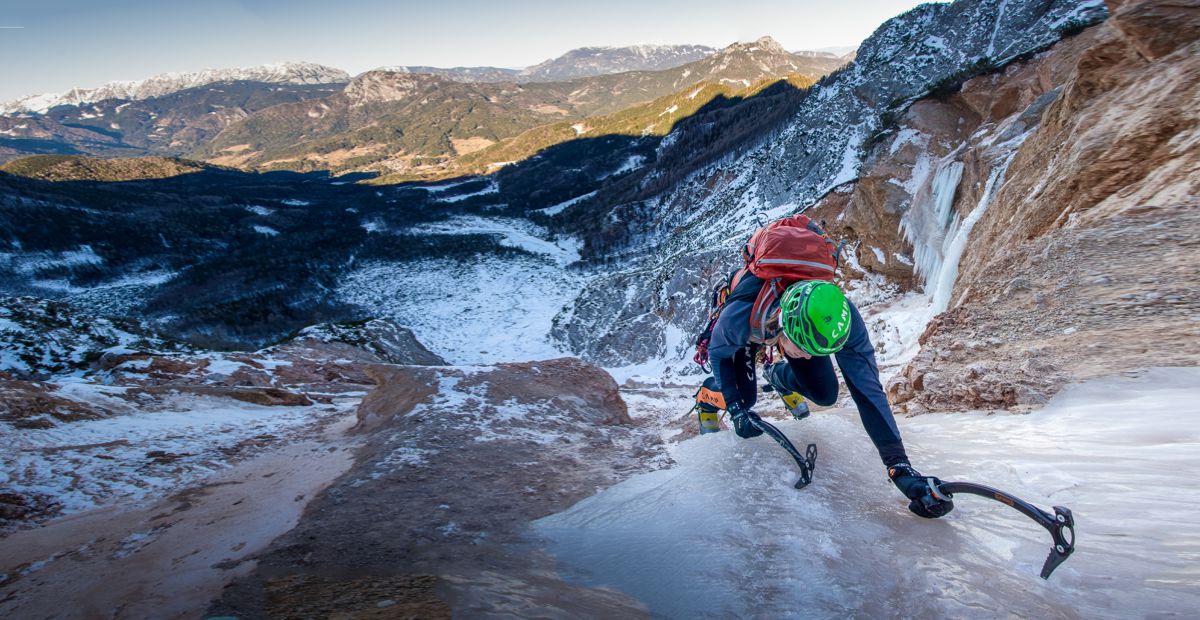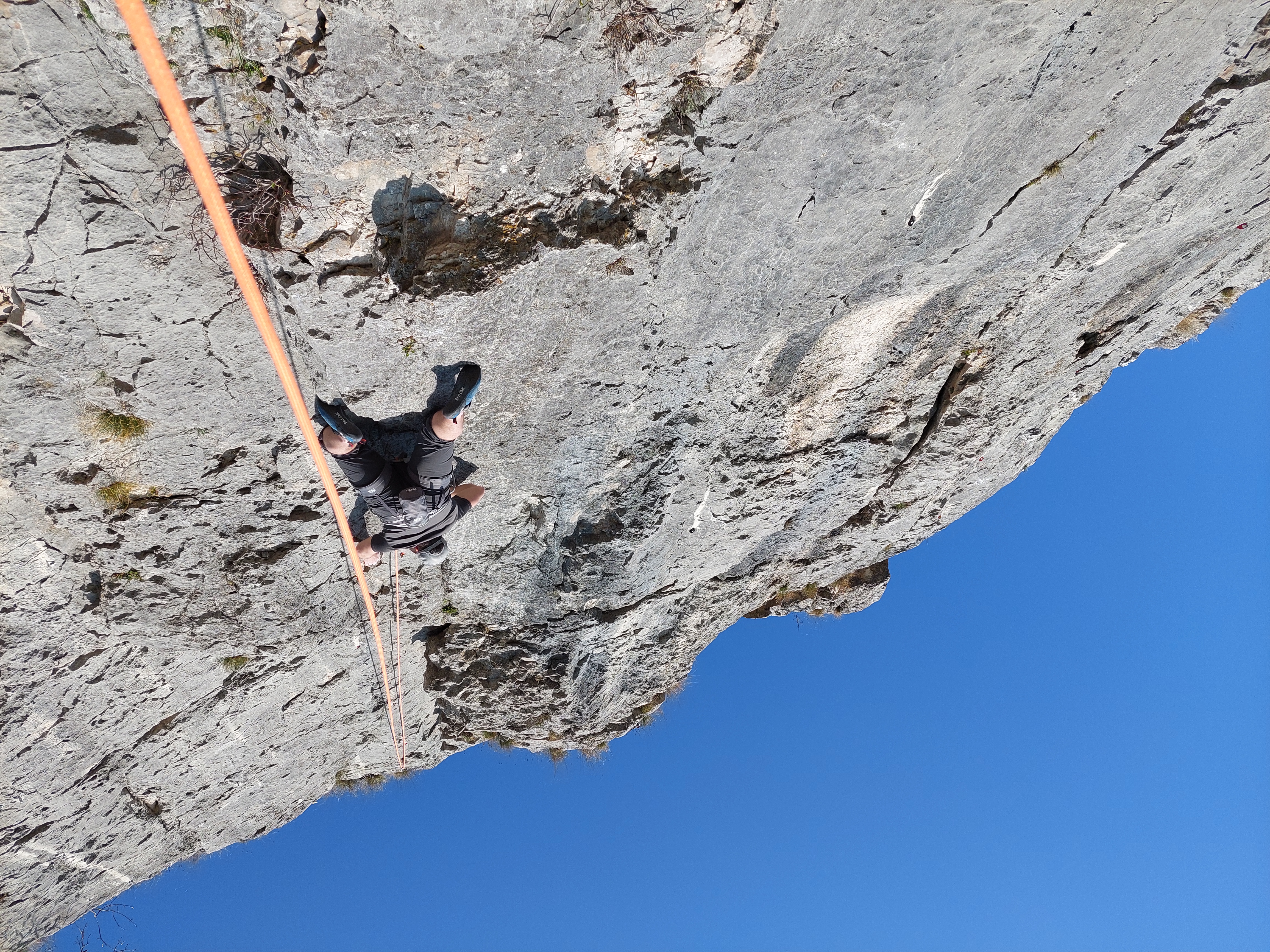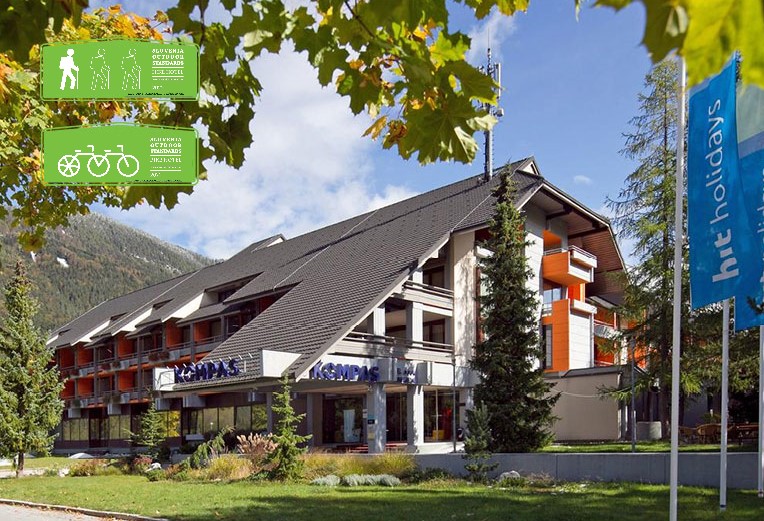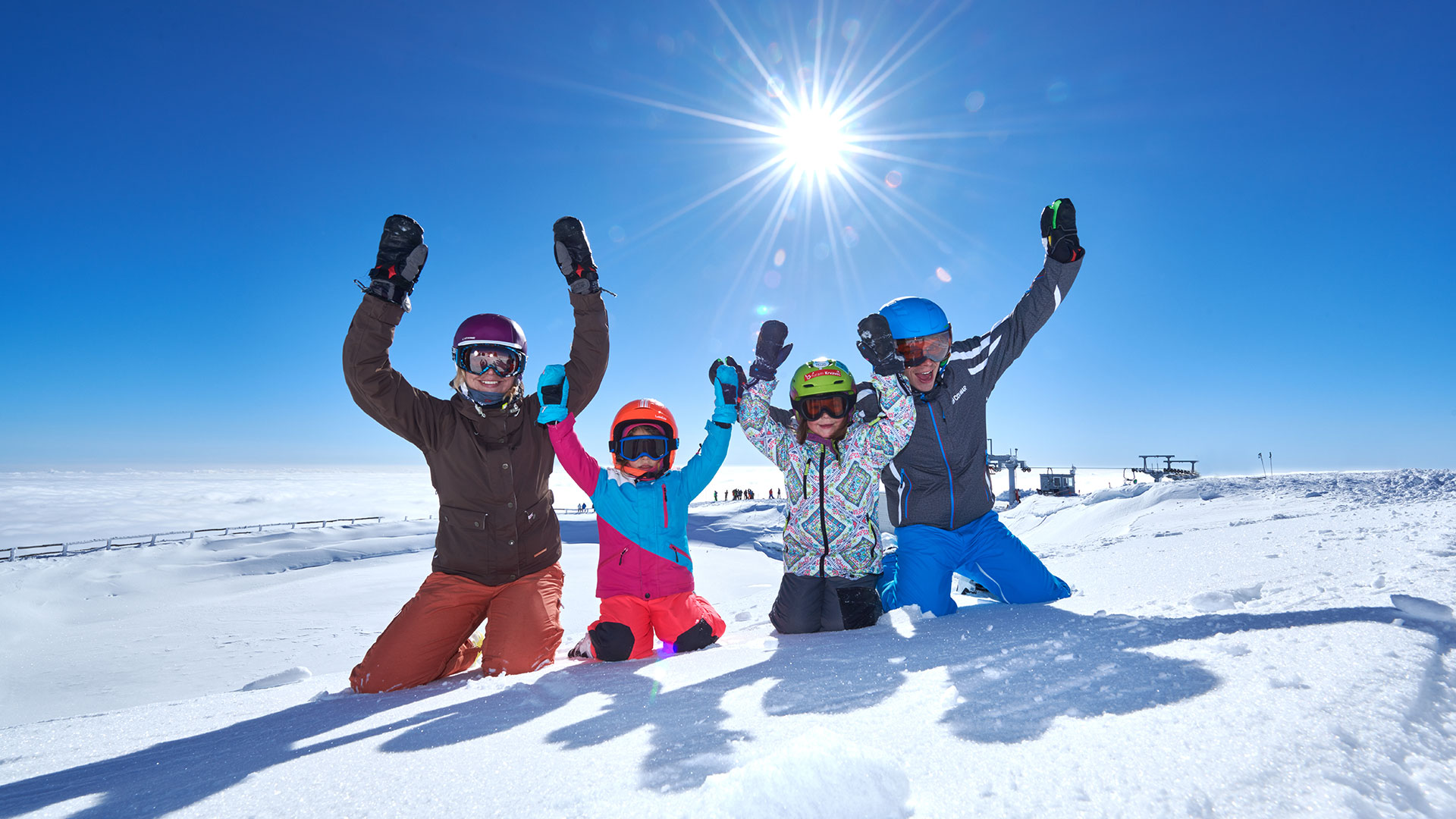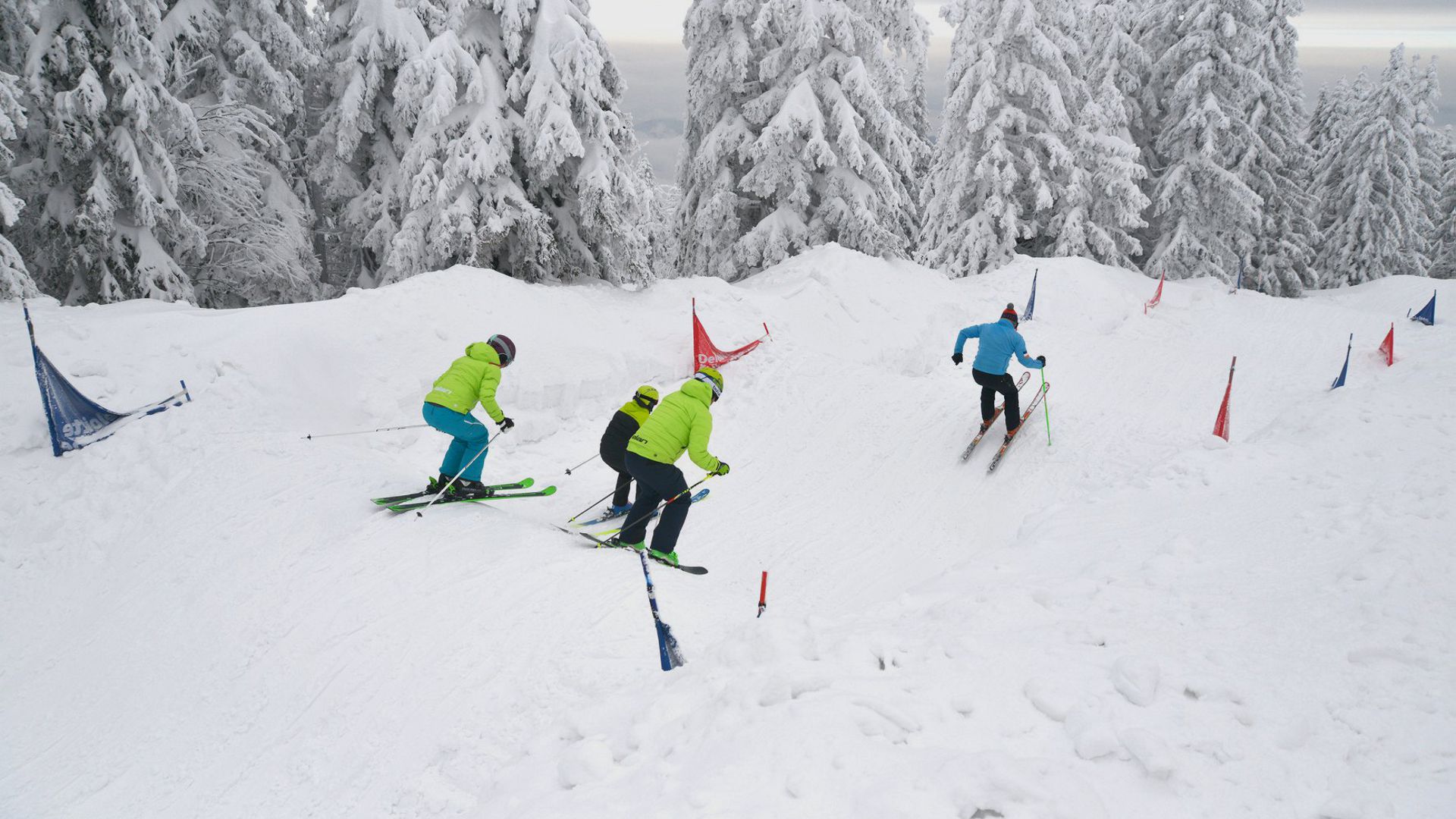Jezersko
Jezersko plays a similar role in the Grintovec group (part of the Kamnik-Savinja Alps) to that played by Tamar Valley in the Julian Alps. It is the oldest, best known and most popular Alpine destination. There are not many waterfalls in Jezersko, especially not easy ones. The waterfalls in the cirques of Makekova Kočna and Ravenska Kočna are very difficult. Conditions for ice climbing on waterfalls are best from mid-January onwards.
The waterfalls below Čedca are visible from the road to Zgornje Jezersko. Access to the falls is not difficult, but it is somewhat long. Owing to the steepness of the rock faces, there is a high risk of avalanches in this section. Some waterfalls popular with ice climbers are found in the Ravenska Kočna cirque.
The best known waterfalls for ice climbing in Jezersko are: Teranova smer (350 m), Ledinski slap (140 m), Vikijeva sveča (150 m), Sinji slap (150 m). The last of these is very popular and has belay points, which makes it suitable for beginners. Teranova smer on Dolgi Hrbet is considered one of the most beautiful winter snow-and-ice routes in Slovenia.
The Kokra Valley is flanked by steep slopes down which numerous tributaries flow into the Kokra. The valley’s position means that the majority of streams and waterfalls in it freeze quickly.
Three easy waterfalls in the valley between Korito and Strah graben are suitable for training or an afternoon visit. These include Grapa presenečenj (“Ravine of Surprises”) and Kratek slap (“Short Waterfall”).
The most interesting waterfalls in the valley are: Gozdna vila (100 m), Desni slap (80 m), Levi slap (80 m), Slap nad mostom (150 m), Grapa presenečenj (300 m), Strah graben (240 m).
Kamniška Bistrica is a popular Alpine Valley in the Kamnik-Savinja Alps. The Kamniška Bistrica stream, which rises in the valley, has formed numerous pools, waterfalls and channels along its route. A number of small waterfalls in this wonderful valley freeze in winter and are suitable for ice climbing.
The valley of Matkov Kot lies just a few kilometres from Logarska Dolina. There are a few short waterfalls in the valley directly below Veliki Vrh (Slapič, Ledena bariera, Slap ledenega rora). Three other very interesting waterfalls are Fakin (200 m), Fakinček (80 m) and Fakinof (140 m).
The Levi Lopčki waterfall (100 m), located in the glacial valley of Robanov Kot, freezes in winter and attracts numerous climbers.

